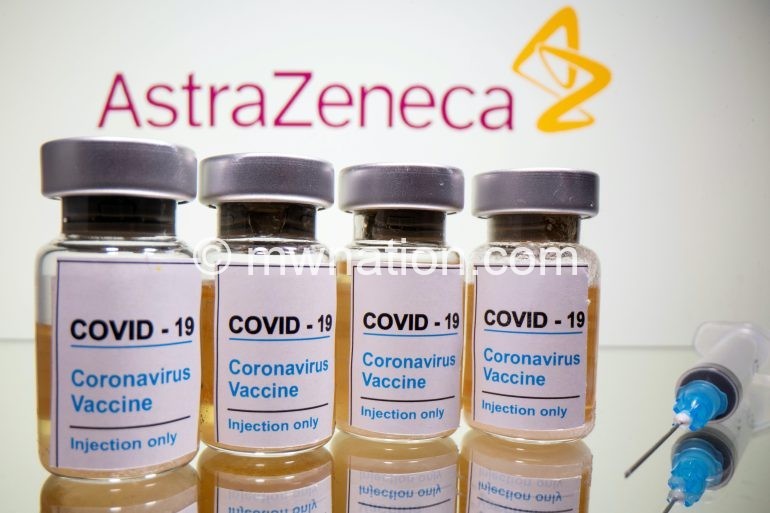Ensuring seed security
T
he Svalbard Global Seed Vault, the world’s largest and most important secure seed storage facility, is located 1 300 kilometres beyond the Arctic Circle.
The Seed Vault, established in 2008 by the Norwegian government, holds thousands of varieties of seed samples, including those of rice, wheat and beans.
The main goal is to ensure future food security in the event the world is exposed to major natural and man-made crises.
By carefully storing duplicate samples of a wide variety of plant seeds held in gene banks all over the world, the Vault offers hope for the survival of agriculture in the event of global catastrophe.
The cold climate, and the fact that it is opened only a few times a year, ensures that the Vault can guarantee that the germination capacity of seeds are preserved for centuries.
In this day and age of growing threats posed by climate disruption, the Svalbard Global Seed Vault has assumed even greater significance. Gene banks from across the globe deposit seeds for safekeeping and long-term storage in dry rock vaults located in glacial conditions.
While the samples in the Vault, which has a capacity of over 4.5 million samples, remain the property of the depositors, they are made accessible to farmers, researchers, plant breeders and other relevant parties in accordance to a set of international regulations. And although Norway fully funds and administers the Vault through its Ministry of Agriculture and Food, it coordinates its activities with the Nordic Gene Resource Centre and the Global Crop Diversity Trust while receiving valuable guidance from an international council.
The availability of, and access to, seeds is of crucial importance for food security. And there is now growing interest in the concept of “seed security” defined variously by researchers and organisations as a situation when households have sufficient access to good quality seeds and planting materials of preferred crop varieties at all times, including during normal and abnormal weather conditions.
Unfortunately, many rural households in Sub-Saharan Africa do not enjoy easy access to the seeds they need. There are numerous factors that explain this predicament, including unaffordability, the preference and dominance of one crop (e.g. maize) over others, the role of big business in determining availability and pricing, and the uncertainty over the impact of breeding technologies.
A research project currently being undertaken by my colleagues at the Norwegian University of Life Sciences aims to better understand the socioeconomic and cultural factors associated with seed access and usage in Malawi, Tanzania and Ethiopia.
The team will be studying how farmers access seeds and the political economy and local conditions that determine access to locally preferred and well-adapted crop varieties. The topic appears very timely.


